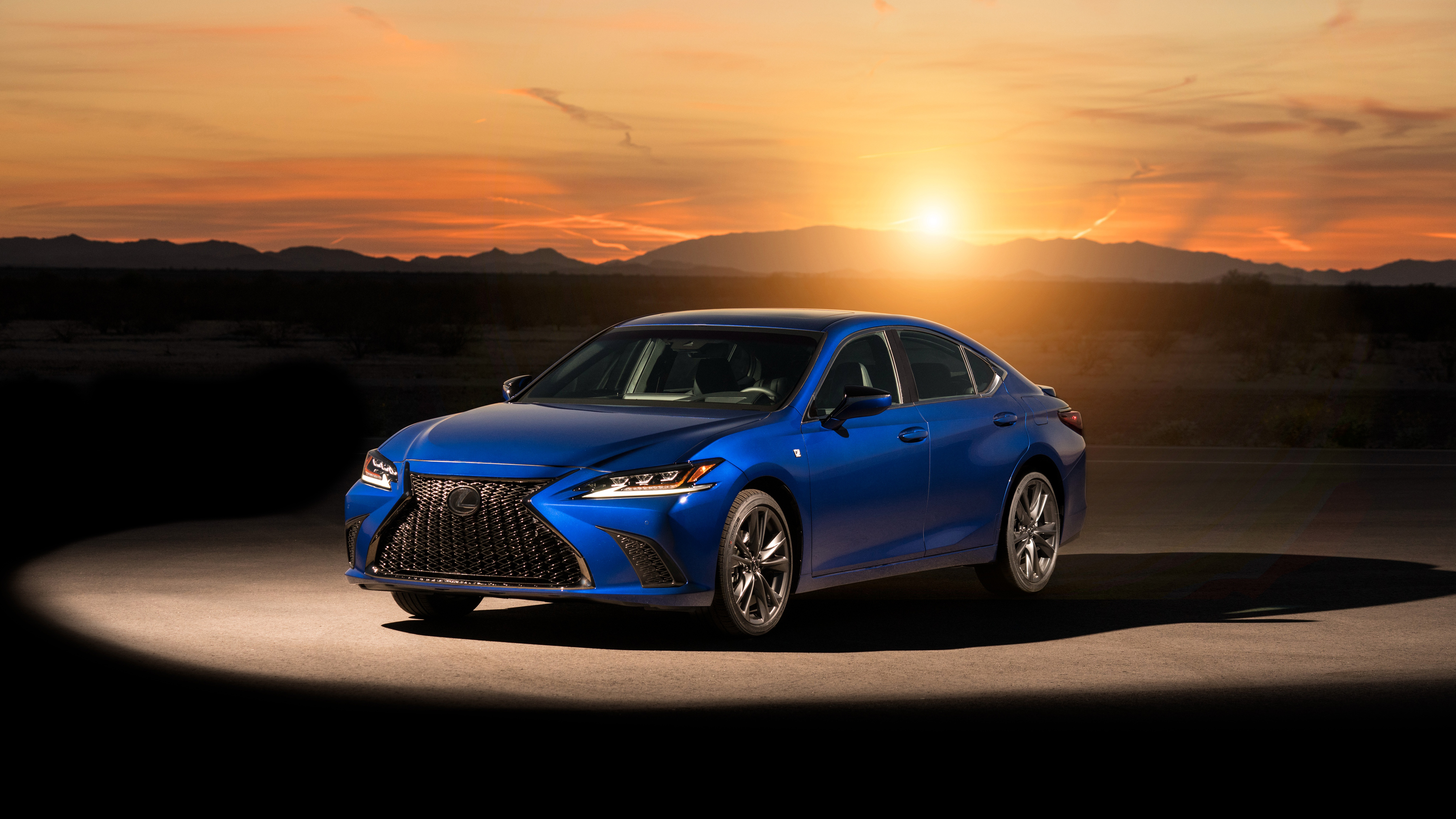In the rapidly evolving world of digital media, the term 'ES 4K' has emerged as a significant player, redefining the way we consume content. This technology promises not just enhanced visual quality but also a transformative viewing experience. As we delve deeper into this topic, we will explore what ES 4K entails, its advantages, and its implications for the future of entertainment.
ES 4K, short for Enhanced Streaming 4K, represents a new frontier in ultra-high-definition streaming. With the growing demand for high-quality video content, understanding this technology has never been more crucial. In this article, we aim to provide comprehensive insights into ES 4K, addressing its features, benefits, and the technology behind it.
With the explosion of streaming services and the constant push for better video quality, ES 4K stands out as a beacon of innovation. Whether you're a casual viewer or a tech enthusiast, this guide will equip you with the knowledge you need to appreciate the nuances of ES 4K and its role in the future of digital content.
Table of Contents
- What is ES 4K?
- Benefits of ES 4K
- How ES 4K Works
- Compatibility and Requirements
- Comparison with Other Formats
- The Future of ES 4K
- Challenges in ES 4K Adoption
- Conclusion
What is ES 4K?
ES 4K refers to a specific type of ultra-high-definition (UHD) streaming technology that enhances the quality of 4K video content. It utilizes advanced compression algorithms and streaming protocols to deliver clearer, sharper images with greater color accuracy. The 'Enhanced Streaming' aspect indicates that this technology is optimized for both bandwidth efficiency and quality.
Key Features of ES 4K
- Resolution: 3840 x 2160 pixels
- High Dynamic Range (HDR) support
- Advanced color grading techniques
- Improved streaming efficiency
Benefits of ES 4K
The advantages of adopting ES 4K technology are manifold. Here are some of the key benefits:
- Improved Picture Quality: With four times the pixel count of 1080p, ES 4K delivers a significantly sharper and more detailed picture.
- Better Color Accuracy: Enhanced color processing means that viewers can enjoy more vibrant and true-to-life colors.
- Enhanced Streaming Experience: The technology minimizes buffering and lag, providing a smoother viewing experience.
- Future-Proofing: As content continues to evolve, adopting ES 4K ensures compatibility with future technologies.
How ES 4K Works
ES 4K utilizes a combination of advanced coding techniques and optimized streaming protocols to ensure efficient transmission of high-quality video. Here’s how it works:
- Compression Techniques: ES 4K employs modern video codecs like HEVC (H.265) to compress video files without sacrificing quality.
- Adaptive Bitrate Streaming: This technology adjusts the video quality based on the viewer’s internet speed, ensuring a seamless experience.
- Content Delivery Networks (CDNs): CDNs help distribute content across multiple servers to enhance accessibility and speed.
Compatibility and Requirements
For users to enjoy ES 4K content, certain compatibility requirements must be met:
- 4K Display: A television or monitor that supports 4K resolution is essential.
- High-Speed Internet: A minimum of 25 Mbps is recommended for smooth streaming of ES 4K content.
- Compatible Devices: Streaming devices must support ES 4K technology, such as the latest smart TVs, streaming boxes, or gaming consoles.
Comparison with Other Formats
When comparing ES 4K to other video formats, several distinctions become apparent:
ES 4K vs. Regular 4K
- ES 4K incorporates advanced streaming techniques, leading to enhanced quality compared to standard 4K.
- Regular 4K may experience buffering issues due to less efficient compression methods.
ES 4K vs. 1080p
- ES 4K offers four times the resolution of 1080p, resulting in a significantly sharper image.
- 1080p lacks the advanced color grading and HDR support found in ES 4K.
The Future of ES 4K
The future of ES 4K looks promising as more content creators and streaming services adopt this technology. With the increasing availability of 4K content, consumers can expect a wider variety of shows, movies, and live events in ultra-high definition.
Challenges in ES 4K Adoption
Despite its advantages, several challenges hinder the widespread adoption of ES 4K:
- Infrastructure Limitations: Many regions still lack the necessary internet speeds to support high-quality streaming.
- Cost of Equipment: 4K displays and compatible devices can be expensive for the average consumer.
- Content Availability: The amount of content available in ES 4K is still limited compared to standard formats.
Conclusion
In conclusion, ES 4K represents a significant advancement in streaming technology, offering viewers an unparalleled viewing experience. With its enhanced picture quality, improved color accuracy, and efficient streaming capabilities, ES 4K is set to dominate the future of digital content. As technology continues to evolve, it is essential for consumers to stay informed and adapt to these changes. We encourage you to share your thoughts in the comments below and explore more articles on our site.
Thank you for reading! We hope you found this article informative and engaging. Don't hesitate to visit us again for more insights into the world of digital media and technology.



